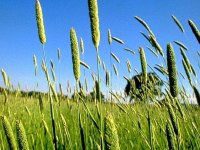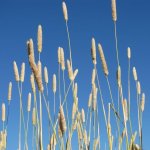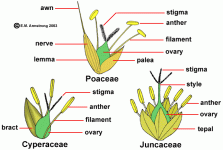Jagube
Esteemed member
I have some flower heads on some (purported) P. aquatica. What would be the best way (and time) to collect the seeds without letting them self-seed? How do I tell they're mature?
Another question is, how long does it take for alkaloid production to respond to nitrogen feeding? Let's say I fed them today, if I collect the blades tomorrow will they have a higher alkaloid content, or do I need to feed them every day for n days?
Another question is, how long does it take for alkaloid production to respond to nitrogen feeding? Let's say I fed them today, if I collect the blades tomorrow will they have a higher alkaloid content, or do I need to feed them every day for n days?




 :d
:d